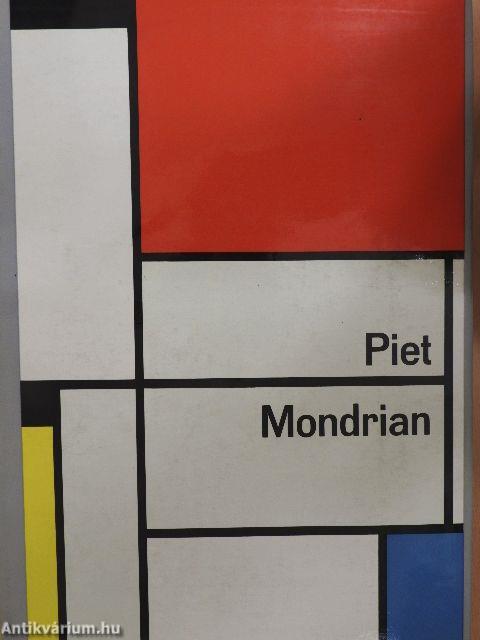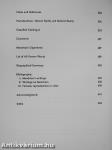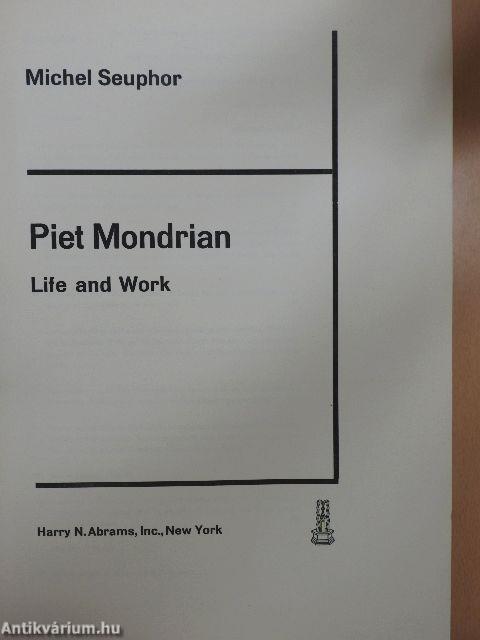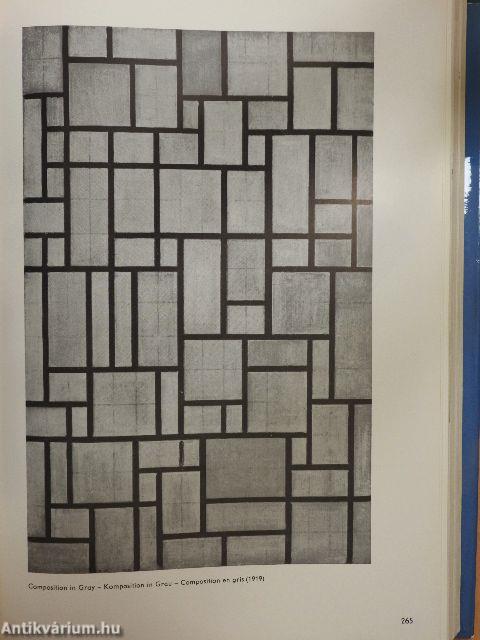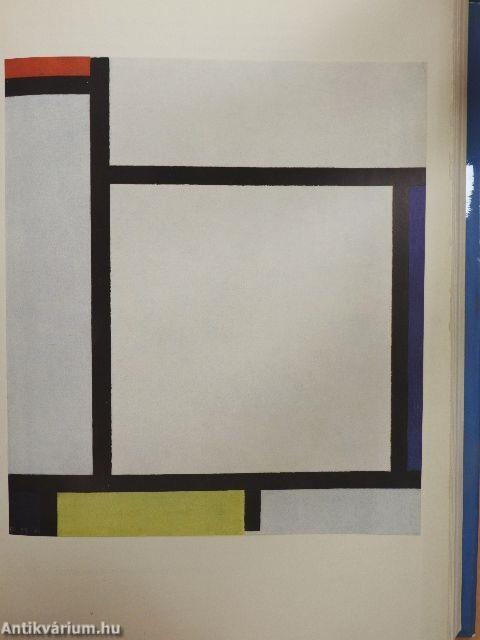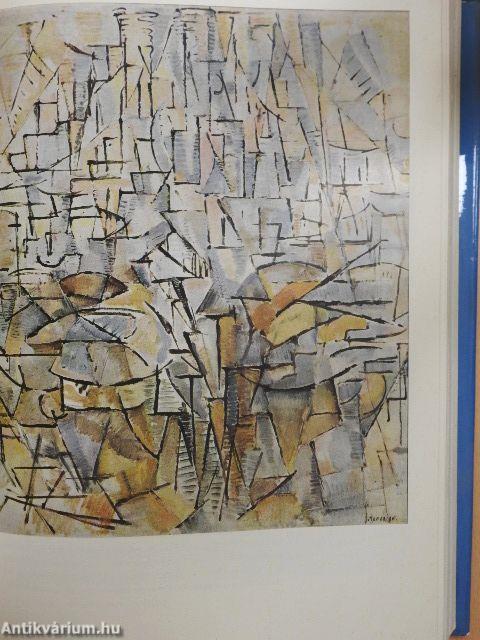1.066.425
kiadvánnyal nyújtjuk Magyarország legnagyobb antikvár könyv-kínálatát

VISSZA
A TETEJÉRE
JAVASLATOKÉszre-
vételek
Piet Mondrian
Life and Work
| Kiadó: | Harry N. Abrams, Inc |
|---|---|
| Kiadás helye: | New York |
| Kiadás éve: | |
| Kötés típusa: | Vászon |
| Oldalszám: | 443 oldal |
| Sorozatcím: | The Library of Great Painters |
| Kötetszám: | |
| Nyelv: | Angol |
| Méret: | 30 cm x 21 cm |
| ISBN: | |
| Megjegyzés: | Fekete-fehér és színes fotókkal. |
naponta értesítjük a beérkező friss
kiadványokról
naponta értesítjük a beérkező friss
kiadványokról
Előszó
TovábbFülszöveg
Here Is presented, at full length for the first time, the fascinating record of a man who has had a great and continuing influence on modern painting, sculpture, and architecture, as well as on furniture, decoration, poster and advertising design, and typography. In his search for a "pure" art, Plet Mondrian, of Dutch extraction, about the time of the first World War evolved a new abstract art, called Neo-Plasticism, which during the past forty years has continued to grow and attract adherents and collectors.
Beginning with a basic form, the right angle, and limiting themselves to the primary colors red, yellow, and blue, plus the "non-colors" black, white, and gray, Mondrian and his followers conjured up, within a seemingly rigid framework of vertical and horizontal lines, an attractive world of great calm and serenity amidst the turmoil of feverish movement, color and distortion. Mondrian will appeal to those who are sensitive to the unequivocal beauty of balance and measure,... Tovább
Fülszöveg
Here Is presented, at full length for the first time, the fascinating record of a man who has had a great and continuing influence on modern painting, sculpture, and architecture, as well as on furniture, decoration, poster and advertising design, and typography. In his search for a "pure" art, Plet Mondrian, of Dutch extraction, about the time of the first World War evolved a new abstract art, called Neo-Plasticism, which during the past forty years has continued to grow and attract adherents and collectors.
Beginning with a basic form, the right angle, and limiting themselves to the primary colors red, yellow, and blue, plus the "non-colors" black, white, and gray, Mondrian and his followers conjured up, within a seemingly rigid framework of vertical and horizontal lines, an attractive world of great calm and serenity amidst the turmoil of feverish movement, color and distortion. Mondrian will appeal to those who are sensitive to the unequivocal beauty of balance and measure, to the charms of paint quality and texture. Though ridiculed by academic and conservative tastes, Neo-Plasticism spread from Holland to Paris, and to New York, where Mondrian spent the last years before his death In 1944. A devotee of American jazz, he paid tribute to it In his last com-pleted painting, Broadway Boogie-Woogie. Indus-; trial designers all over the world now use his ; geometrical simplifications and clear, flat colors for objects as different as magazine covers, table ; lamps, and chairs.Today his paintings and aesthetic manifestors are accepted as the bold creations of afar-seeing mind, passionately devoted to his work ' on form. He is recognized as a profound thinker who aimed at a supranational art. In which nothing casual, nothing coarse was allowed to interfere with the absolute purity of his tranquil canvases.
The author of this volume, the noted French critic and writer, Michel Seuphor, knew the artist well, and championed him when his theories were still widely opposed. The Introduction Is by Georg Schmidt, director of the Museum of Art in Basel, Switzerland. Their texts provide the informational and appreciative backgrounds; and extensive, new translations of some of Mondrian's most significant writings provide the philosophical and aesthetic background for the more than 600 illustrations in the book (34 of them are tipped - in color plates). Together, we have here the most complete presentation of this artist ever attempted. Added features like a classified catalogue, a chronology, and bibliography, increase the value of the book. Vissza
Témakörök
- Életrajz > Művészet > Festészet, szobrászat
- Idegennyelv > Idegennyelvű könyvek > Angol > Művészetek > Festészet
- Idegennyelv > Idegennyelvű könyvek > Angol > Művészetek > Művészettörténet, általános
- Idegennyelv > Idegennyelvű könyvek > Angol > Életrajz > Művészet > Festészet, szobrászat
- Művészetek > Művészettörténet általános > Kontinensek művészete > Európa
- Művészetek > Művészettörténet általános > Idegen nyelv > Angol
- Művészetek > Művészettörténet általános > Életrajzok > Festők
- Művészetek > Festészet > Korszakok, stílusok > XX. század > Avantgárd > Absztrakt
- Művészetek > Festészet > Életrajzok > Külföldi
- Művészetek > Festészet > Idegen nyelv > Angol
- Művészetek > Festészet > Általános festészet > Története
Michel Seuphor
Michel Seuphor műveinek az Antikvarium.hu-n kapható vagy előjegyezhető listáját itt tekintheti meg: Michel Seuphor könyvek, művekMegvásárolható példányok
Nincs megvásárolható példány
A könyv összes megrendelhető példánya elfogyott. Ha kívánja, előjegyezheti a könyvet, és amint a könyv egy újabb példánya elérhető lesz, értesítjük.



